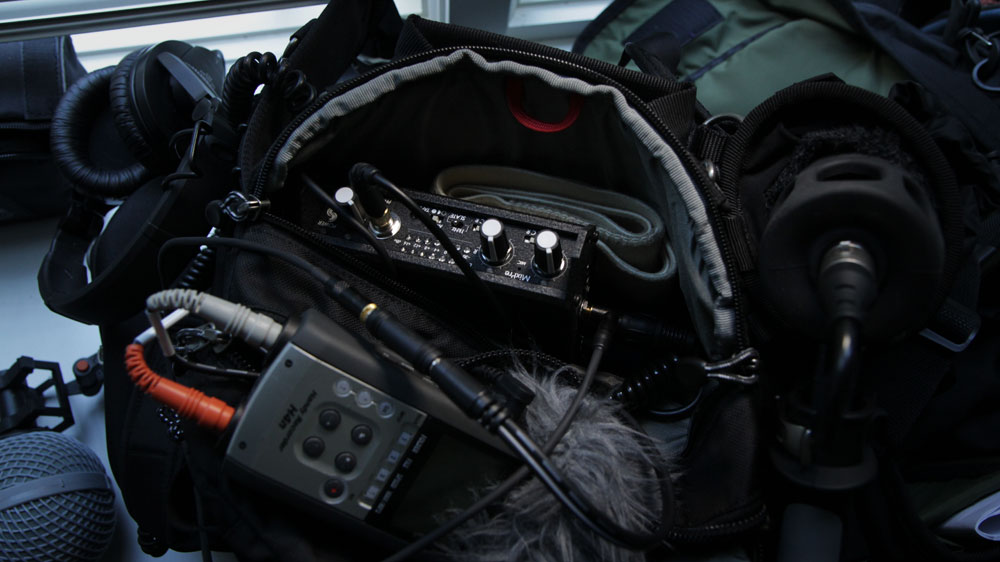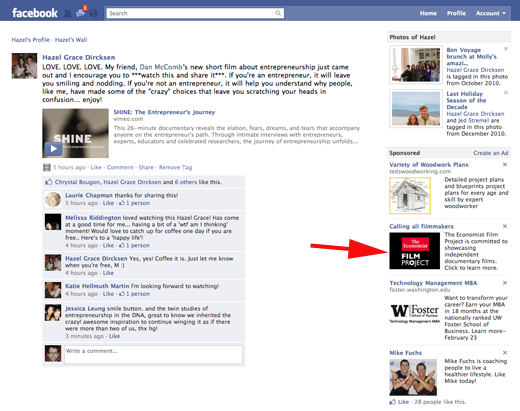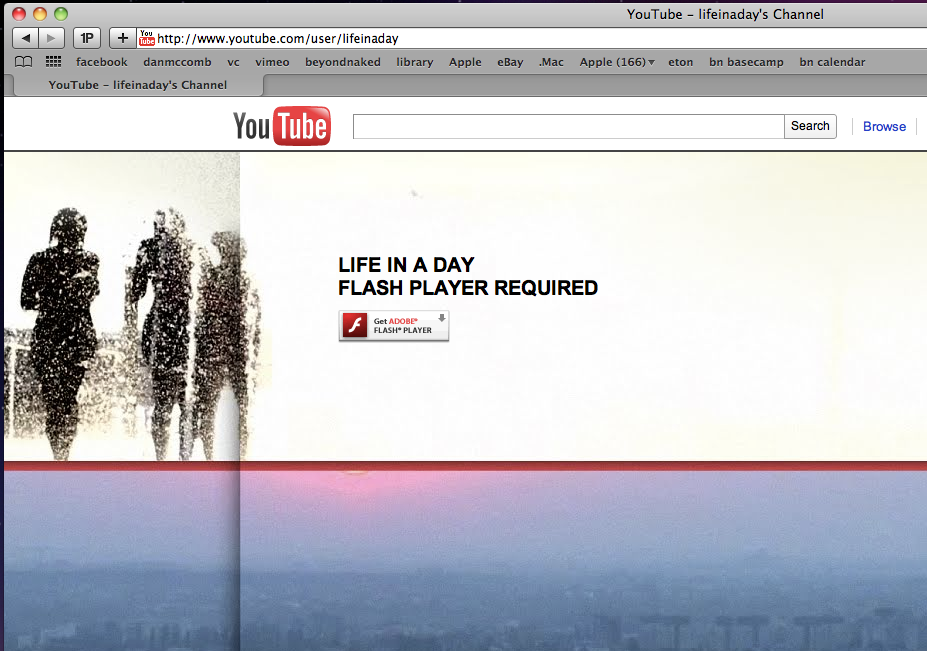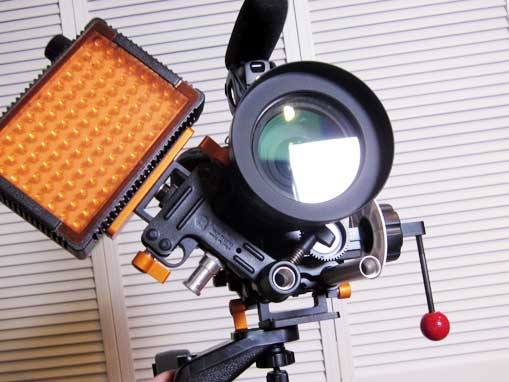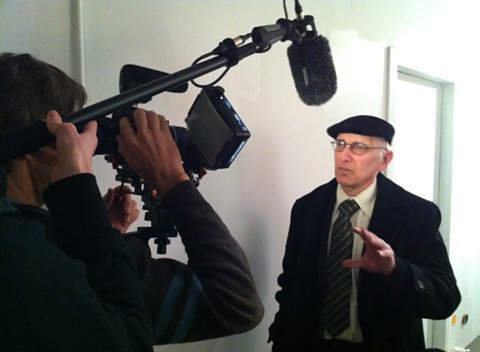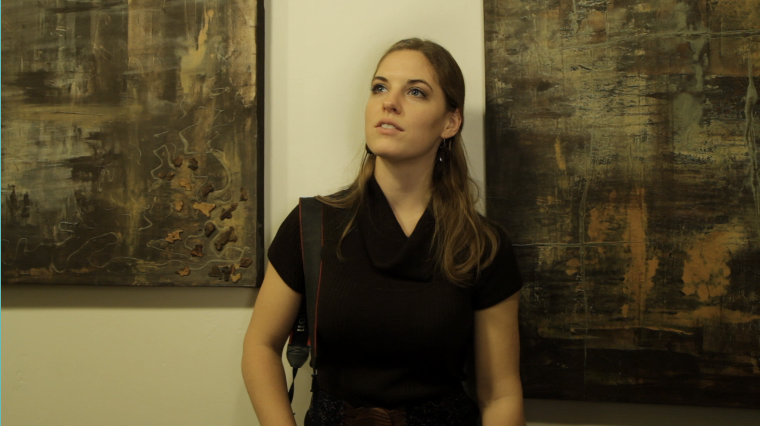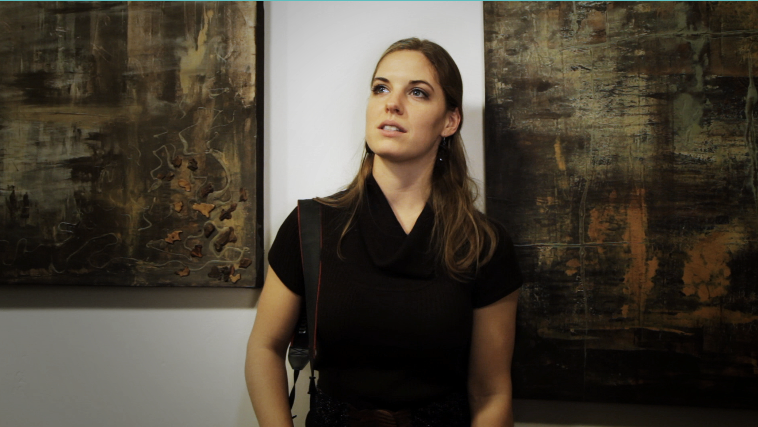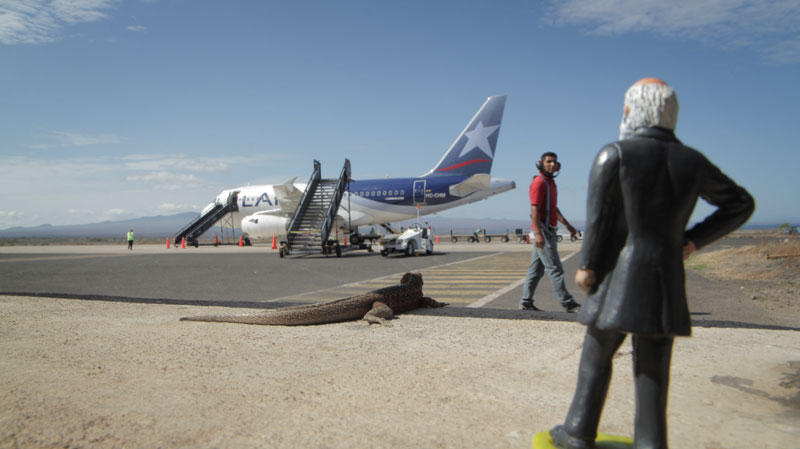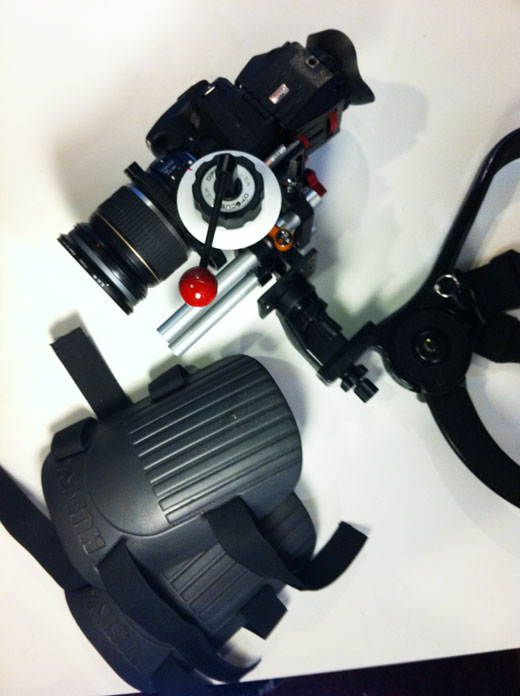In part 1 of this post, I outlined the problem of connecting the Zoom H4N to Sound Devices MixPre. In a nutshell, the signal the MixPre sends via it’s Tape Out is too hot for the Zoom’s line in. I posted a workaround that allowed us to get by, and a proper solution using a -10db inline pad. Since then, sound recordist Lisa Cooper and I have been using this combination on an almost daily basis shooting a documentary called Beyond Naked. And we’ve hit on an even better solution that truly kicks ass and makes us smile. Here it is:
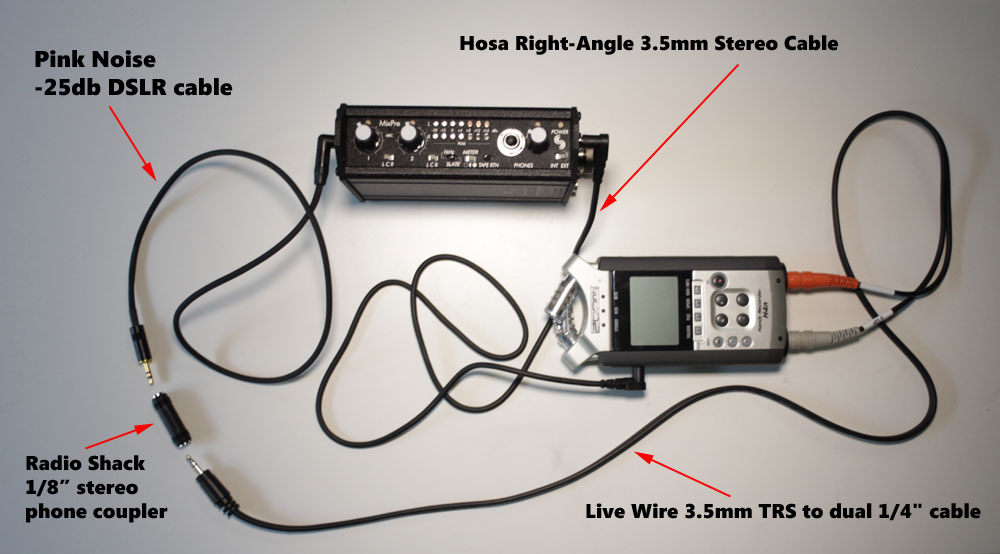
The problem with these lightweight 3.5mm jacks is that, when we used ones that go straight in, they tend to stick out and get knocked around in the sound bag (see photo below):
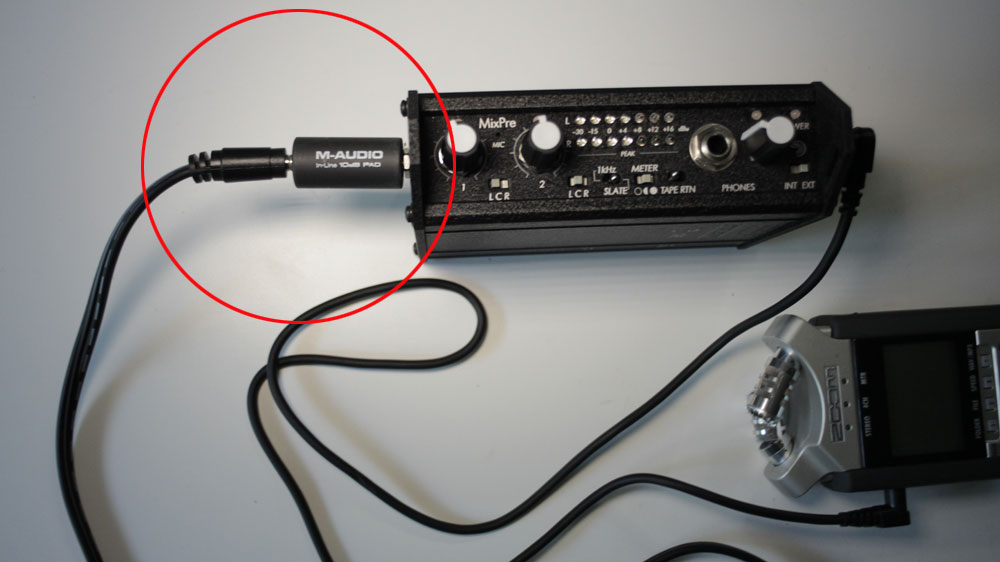
Because it’s coupled with the -10db pad at the critical connecting point, it tends to lever itself loose, causing static, or worse, it could break off or damage the internal jack on the MixPre. The right-angle connector, on the other hand, lies flat, which gives everything a safe, low profile in the sound bag.
The Pink Noise cable is the way to go. Because it’s -25db, you have to set the recording level on the Zoom H4N a bit higher. We’ve found the best setting is 28. (The best setting is 20 with the M-Audio -10 pad). Any higher, and it’ll start to clip on the Zoom before the MixPre limiters kick in. The best thing about the Pink Noise cable, besides the fact that it makes the tape out signal usable, is that it has a right-angle connector that allows it to connect to the MixPre without sticking out.
Here’s the parts list:
Hosa Right-Angle 3.5mm to Right-Angle 3.5mm Stereo Cable ($3.99 at B&H Photo)
1/8″ Stereo Phone Coupler ($3.99 at Radio Shack)
Pink Noise -25db DSLR Cable ($54 direct from Pink Noise Systems in UK)
Live Wire 3.5mm TRS to dual 1/4″ cable ($8.99 at Guitar Center)
If you order the Pink Noise cable, make sure you email and ask to have the VAT tax dropped (you don’t have to pay it if you’re ordering from US). They have great customer service if you ask, but you’ll get overcharged if you simply place the order via the web form, since there is no option to not pay VAT on their order form.
And finally, here’s why it’s such a big deal to have the right-angle connectors: because sound bags in real life look like this! Cable management is very important to getting the job done.
